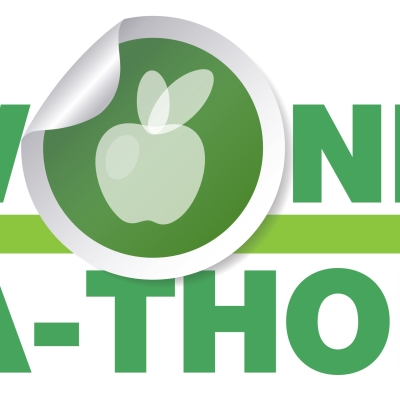- If you ask a thoughtful question, you may be pleased to receive a smart and germane answer. If you post that question in your widely read newspaper column on education, you’ll sometimes be greeted with such a torrent of spontaneous engagement that you have to write a second column. That’s what happened to the Washington Post’s Jay Matthews, who asked his readers in December to email him their impressions of Common Core and its innovations for math: Was it baffling them, or their kids, when they sat down to tackle an assignment together? He revealed some of the responses last week, and the thrust was definitively in support of the new standards. “My first reaction to a Common Core worksheet was repulsion,” one mother wrote of her first grader’s homework. “I set that aside and learned how to do what [my son] was doing. And something magical happened: I started doing math better in my head.” The testimonials are an illuminating contribution to what has become a sticky subject over the last few months. Common Core advocates would be well advised to let parents know that their kids’ wonky-looking problem sets can be conquered after all.
- Homework isn’t the only area where the Common Core fever looks to be breaking. Early reports from Louisiana indicate that the recent animus against standards-aligned testing is unlikely to be repeated in 2016. Rebranded with a spiffy and unpoliticized new handle (“No federally mandated assessments here, folks! It’s just our old friend LEAP 2016!”), the exams are reportedly whipping up less opt-out energy than last year—when, you may recall, then-despised-Governor Bobby Jindal tried to use the backlash to spice up his insipid gumbo of presidential aspiration. What’s more, California has announced that just twenty thousand of its students sat out last year’s Smarter Balanced tests. Even that colossal figure actually accounts for just .61 percent of the state’s eligible pupils, a far lower rate than in opt-out capitals like New York and New Jersey. Dare we hope that recalcitrant parents and teachers might be more willing to give the assessments a chance this time around?
- You may have read about the utility of small schools—ace commentators like Peter Meyer swear by them as a revolutionary alternative to district-run urban behemoths. But Education Week recently published a fascinating profile of a growing subset of private academies that might make a colonial schoolhouse look huge by comparison. Dubbed “microschools,” the start-up classrooms enroll student bodies as small as six and seem to strike a balance between homeschool co-ops and blended learning classrooms. Networks like Altschool—based in San Francisco and run by a Google alumnus—are opening branches in Austin and New Orleans with the help of local nonprofits. With the built-in savings that come with sparse facilities, tiny staffs, and free online learning programs, it’s easy to see how the trend has become a compelling business model; on the flip side, it’s only natural to wonder what parents actually get for the hefty tuition they’ve paid, which can run into the tens of thousands of dollars. The movement’s most vocal advocates, who seem to have emerged mostly from the tech community, are long on talk of disruptive innovation and short on details about curriculum and accountability. Without a little more consideration of those factors, it’ll be hard to proclaim microschools the next big thing.
Topics:
